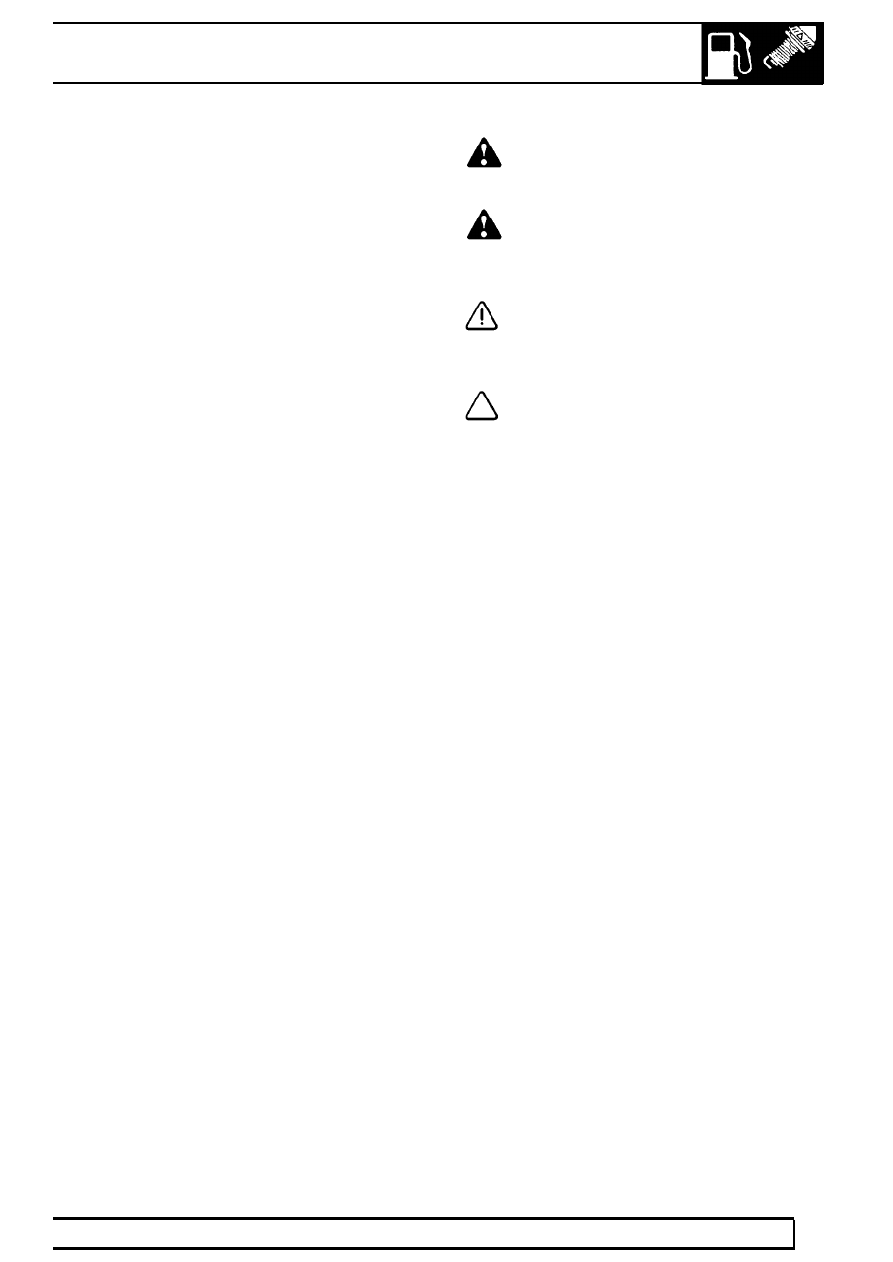Range Rover. Manual - part 66

EMISSION CONTROL
25
DESCRIPTION AND OPERATION
The HO
2
S sensors consist of a ceramic body
(Galvanic cell) which is practically a pure oxygen-ion
conductor made from a mixed oxide of zirconium and
yttrium. The ceramic is then coated with
gas-permeable platinum, which when heated to a
sufficiently high temperature (above 350
°
C) generates
a voltage which is proportional to the oxygen content
in the exhaust gas stream.
The sensor is protected by an outer tube with a
restricted flow opening to prevent the sensor’s
ceramic from being cooled by low temperature gases
at start up. The pre-catalytic sensors are identified by
three slots in the protective tube, whereas the
post-catalytic sensors have four square indentations
and a hole in the end of the protective tube (NAS
only). The post-catalytic sensors have improved signal
quality, but a slower response rate. It is important
not to confuse the sensor signal pins; the signal
pins are gold plated, whilst the heater supply pins
are tinned, mixing them up will cause
contamination and adversely affect system
performance.
The HO
2
S sensors should be treated with extreme
care, since the ceramic material within them can be
easily cracked if they are dropped, banged or
over-torqued. The sensors should be torqued to the
recommended values indicated in the repair
procedures. Apply anti-seize compound to the
sensor’s threads when refitting.
WARNING: Some types of anti-seize
compound used in service are a potential
health hazard. Avoid skin contact.
WARNING: To prevent personal injury
from a hot exhaust system, do not attempt
to disconnect any components until the
exhaust system has cooled down.
CAUTION: Do not allow anti-seize
compound to come into contact with the
tip of the sensor or enter the exhaust
system.
NOTE: A new HO
2
S sensor is supplied with
pre-treated anti-seize compound.